A critical comparison of technologies for a plant genome sequencing project
Data and Resources
-
Open Access PDFPDF
GigaScience
Additional Info
| Field | Value |
|---|---|
| Source | |
| Version | |
| Authors |
|
| Maintainer | |
| Maintainer Email | |
| Article Host Type | publisher |
| Article Is Open Access | true |
| Article License Type | cc-by |
| Article Version Type | publishedVersion |
| Citation Report | https://scite.ai/reports/10.1093/gigascience/giy163 |
| DOI | 10.1093/gigascience/giy163 |
| Date Last Updated | 2019-07-27T16:53:21.162795 |
| Evidence | open (via page says license) |
| Funder code(s) | Biotechnology and Biological Sciences Research Council (BB/K019325/1, BB/CSP17270/1, BB/CCG1720/1, BB/K019090/1) |
| Journal Is Open Access | true |
| Open Access Status | gold |
| PDF URL | https://academic.oup.com/gigascience/article-pdf/8/3/giy163/28096098/giy163.pdf |
| Publisher URL | https://doi.org/10.1093/gigascience/giy163 |
